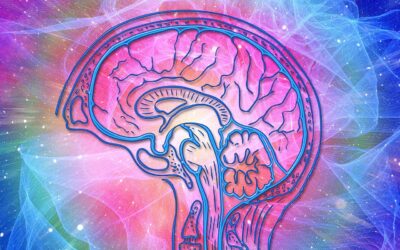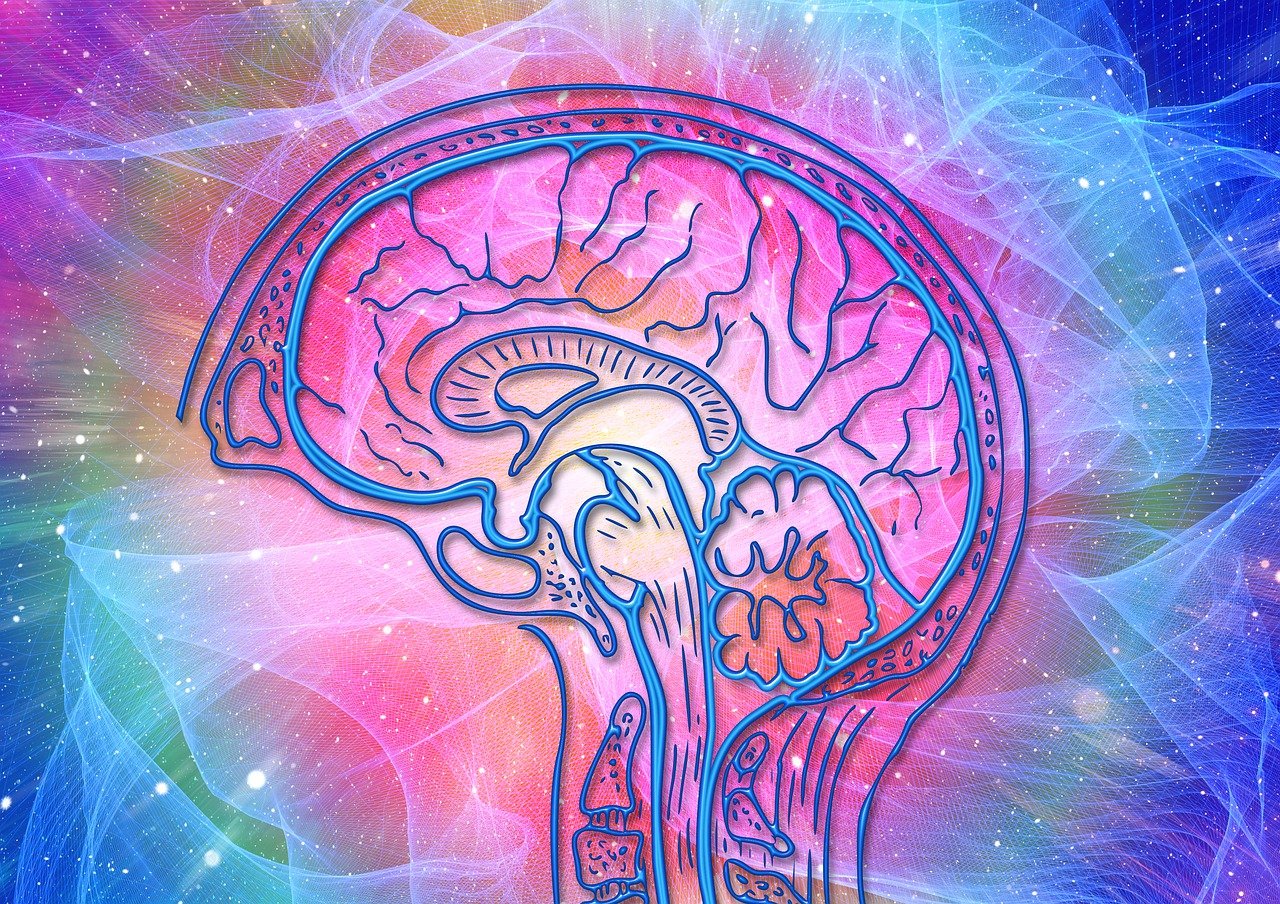AI Safety: Ensuring Robustness and Reliability in AI Systems

As artificial intelligence (AI) systems become more prevalent in critical applications, from autonomous vehicles to medical diagnostics, the need for robust and reliable AI has never been more pressing. This article explores the key aspects of AI safety and the strategies being employed to create trustworthy AI systems.
The Imperative for AI Safety
AI safety encompasses the practices and principles aimed at ensuring that AI systems perform as intended without causing unintended harm. A recent study found that 67% of executives fear AI risks relating to cybersecurity, privacy, and lack of human oversight [1]. This highlights the growing concern around AI safety across industries.
Key Components of AI Safety
Several crucial elements contribute to the development of safe AI systems:
Robustness
Robust AI systems maintain performance even when faced with unexpected inputs or environmental changes. This includes:
- Adversarial robustness: Resilience against inputs designed to fool the system
- Distributional robustness: Consistent performance across different data distributions
Reliability
Reliable AI systems perform consistently over time and across various scenarios. This involves:
- Formal verification: Mathematical proofs of an AI system’s properties
- Extensive testing: Rigorous evaluation across diverse scenarios
Transparency
Understanding how AI systems make decisions is crucial for safety. This overlaps with the field of explainable AI, which aims to make AI decision-making processes more interpretable.
Alignment
Ensuring that AI systems’ goals and behaviors align with human values and intentions is a fundamental aspect of AI safety.
Strategies for Implementing AI Safety
Developing safe AI systems requires a multi-faceted approach:
Safety by Design
Incorporating safety considerations from the earliest stages of AI development is crucial. This involves:
- Defining clear safety requirements and constraints
- Choosing appropriate model architectures and training approaches
- Implementing built-in safeguards and failure modes
Rigorous Testing and Validation
Comprehensive testing protocols are essential for identifying potential safety issues:
- Stress testing: Evaluating systems under extreme conditions
- Edge case analysis: Identifying and testing rare but critical scenarios
- Red teaming: Simulating adversarial attacks to uncover vulnerabilities
Continuous Monitoring and Updating
AI safety doesn’t end at deployment. Ongoing monitoring and improvement are necessary:
- Real-time performance monitoring
- Regular system audits and updates
- Incident response and learning protocols
Challenges in Ensuring AI Safety
Despite progress, several challenges remain in developing safe AI systems:
- Scalability: Ensuring safety in increasingly complex and large-scale AI systems
- Long-term impacts: Predicting and mitigating the potential long-term consequences of AI systems
- Unknown unknowns: Preparing for unforeseen scenarios and failure modes
The Role of Regulation and Standards
As AI safety gains prominence, both regulatory bodies and industry groups are taking action:
Government Initiatives
The EU’s proposed AI Act includes safety requirements for high-risk AI systems, potentially setting a global standard [2].
Industry Standards
Organizations like IEEE are developing technical standards for AI safety, providing guidelines for developers and companies [3].
Emerging Trends in AI Safety Research
Several promising research directions are shaping the future of AI safety:
Formal Methods
Researchers are exploring ways to apply formal verification techniques to AI systems, providing mathematical guarantees of safety properties [4].
Safe Reinforcement Learning
New approaches in reinforcement learning aim to ensure that AI agents learn to achieve goals while adhering to safety constraints.
AI Governance
Developing frameworks for the responsible development and deployment of AI systems is an active area of research and policy-making [5].
A Collective Responsibility
Ensuring the safety of AI systems is not just a technical challenge—it’s a societal imperative. As AI continues to permeate critical aspects of our lives, the responsibility for AI safety falls on developers, companies, policymakers, and users alike.
By prioritizing robustness, reliability, transparency, and alignment in AI development, we can work towards a future where AI systems not only enhance our capabilities but do so in a way that is safe, trustworthy, and beneficial to humanity.
The journey towards truly safe AI is ongoing, but with continued research, collaboration, and vigilance, we can harness the immense potential of AI while mitigating its risks.









